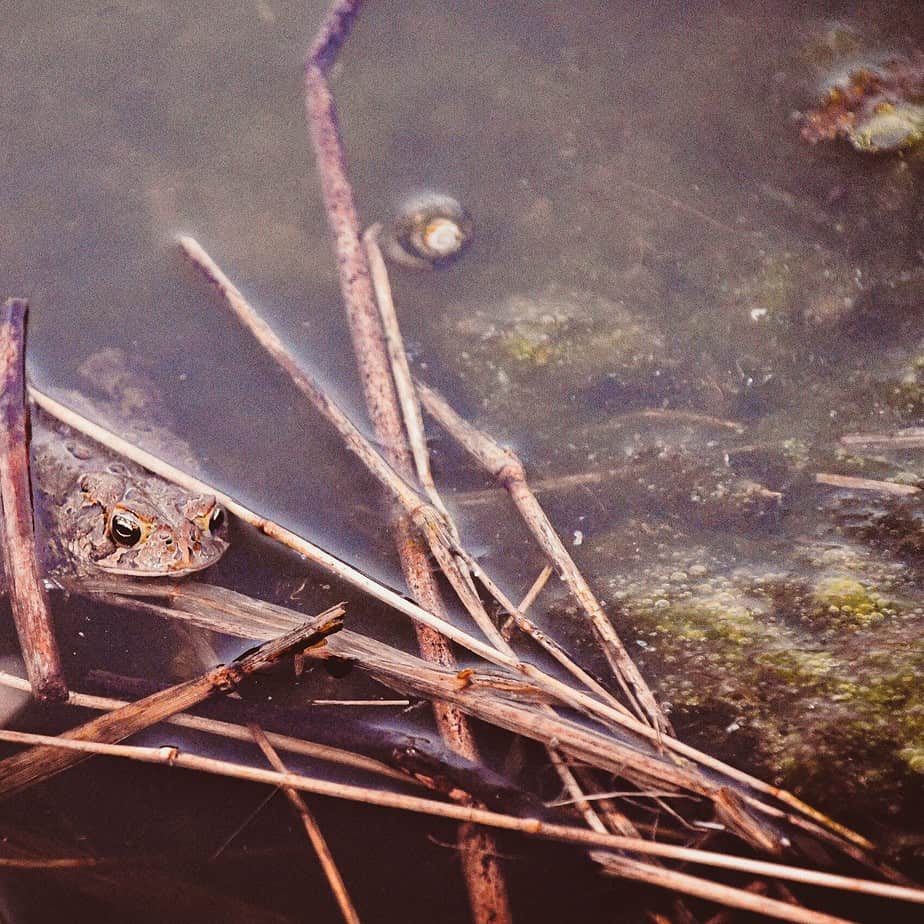
What are they. What causes them. How to fix them
What is Red Algae?
A unique class of photosynthetic organisms that is a part of the kingdom Protista is known as red algae, commonly known as Rhodophyta. Red algae, despite their name, can appear in a variety of hues, such as red, green, brown, or purple. They are mostly found in marine areas, where they are extremely important to the ecology.
Red algae are distinguished by their special pigments, which give them their distinctive hue. Examples of these pigments include chlorophyll a and phycobilins. Red algae can absorb light more efficiently than other algae at greater depths thanks to their pigments, which allows them to grow in lower light environments. Red algae can even live in deep seas 200 metres below the surface in some species.
The cell structure of red algae is one of their distinguishing characteristics. They have intricate cell walls made of cellulose and other polysaccharides that provide them strength and defence. Red algae range in size from tiny single-celled creatures to massive seaweeds with many cells, some of which can grow to a length of several metres.
For many different ecological reasons, red algae are significant. They create vast underwater forests that serve as homes and habitat for a variety of marine species. They also contribute significantly to the primary production of marine habitats, which increases their productivity. Red algae can aid in the stabilisation of sediments in coastal locations and are involved in the cycling of nutrients.
In addition, red algae provide useful purposes outside of the realm of ecology. They are employed in the creation of a variety of food items, including agar, a gelatinous substance used in labs and the food industry, and nori, a component of sushi. Due to their distinctive bioactive chemicals, some of which have antiviral, antifungal, and antioxidant characteristics, red algae also show potential in biotechnology and pharmaceutical research.
What causes Red Algae
Rhodophyta, or red algae, can develop for a number of reasons, such as nutrient availability and environmental circumstances. A few of the major causes of red algae include the following:
Light Availability: Red algae can absorb light at a greater depth than other types of algae since they are acclimated to low light levels. They have special pigments like phycobilins and chlorophyll a that enable them to survive in low-light conditions. As a result, regions with less light penetration, such as deeper waters or shaded areas, frequently offer favourable conditions for the growth of red algae.
Levels of Nutrients: Red algae have specialised nutritional needs, especially for nitrogen and phosphorus. An excess of nutrients in the water can result from elevated nutrient levels, which are frequently brought on by industrial pollution, sewage discharge, or agricultural runoff. Red algal blooms can thrive in areas that have eutrophication, or an excess of nutrients.
Warmer water temperatures are often prefered by red algae. High water temperatures can encourage their development and reproduction even though they can withstand a wide variety of temperatures. The incidence of red algae might vary depending on localised variables or changes in ocean temperatures brought on by global warming.
Salinity: Marine habitats with moderate to high salinity levels are ideal for the majority of red algae. Some species can, however, also adapt to freshwater or brackish environments. Red algae can be impacted by changes in salinity, particularly in estuaries and coastal regions that have experienced an influx of freshwater.
Red algae have been shown to adhere to and grow on a variety of surfaces, including rocks, coral reefs, and other algae. The development and growth of red algae in a specific location can be influenced by the accessibility of suitable substrate surfaces.
It’s crucial to remember that interactions with other organisms, predation, and competition for resources can all affect the presence of red algae. Additionally, depending on the species and environmental setting, the precise causes of red algal blooms may change.
Red Algae solutions
Red algal blooms, often referred to as red tides, need to be addressed and resolved using a multifaceted strategy that incorporates monitoring, preventive, and mitigation tactics.
The following are some crucial actions that can be performed to deal with and lessen the effects of a red algal bloom:
Monitoring
Implement a thorough monitoring system to identify the occurrence and development of red algae blooms. Regular water sampling, analysis, and remote sensing techniques can reveal early bloom formation warning indications, enabling quick response.
Fertilizer reduction
Red algae blooms can be prevented and mitigated by reducing fertiliser inputs into the water, especially nitrogen and phosphorus. Improved waste management techniques, the use of buffer zones or artificial wetlands to filter and retain nutrients are used to regulate agricultural runoff, sewage discharge, and industrial pollution.
Aeration
Enhancing water circulation and aeration can prevent the stagnant environments that encourage red algae blooms. Utilising strategies like aerators, pumps, and artificial mixing apparatuses can assist oxygenate the water, distribute nutrients, and prevent bloom growth.
Natural predators
Utilising biological controls, such as the introduction of red algae-specific natural predators or grazers, can assist restrict their population. For instance, introducing particular fish or shellfish species that consume red algae can aid in regulating their growth.
Mechanical Removal:
It may occasionally be required to remove red algae mechanically or manually. To stop the blooms from spreading and to lessen their negative effects on marine life and coastal ecosystems, this may entail physically harvesting or netting the blooms.
